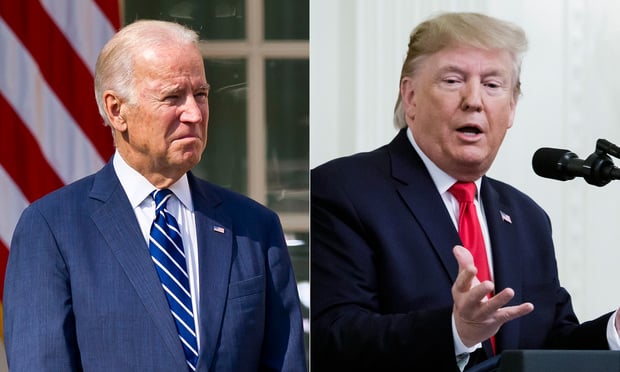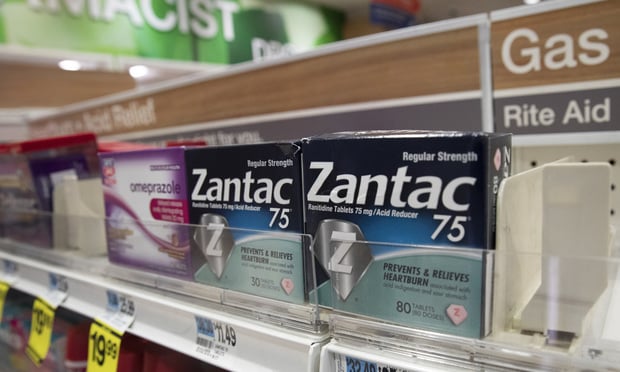 The Trump administration proposal comes amid growingoutrage from patients hit with seemingly exorbitant “surprise”medical bills. (Image: Shutterstock)
The Trump administration proposal comes amid growingoutrage from patients hit with seemingly exorbitant “surprise”medical bills. (Image: Shutterstock)
Federal officials are proposing new regulations that for thefirst time could allow patients to compare prices charged by various hospitals andother health care providers using data sent to theirsmartphones.
|Donald Rucker, who coordinates health information technologypolicy for the Department of Health and Human Services, said heexpects that the rules, first proposed in March, will give patientsnew power to shop for care based on price and quality.
|Related: A new way to promote health care pricetransparency: T-shirts
|Consumers have long sought more knowledge about health careprices, but administration officials cautioned it could take twoyears or more for it to appear in a user-friendly form on a phoneapp. Many specifics, including how patients would make sense ofcomplex pricing policies for purchasing health care and insuranceand assessing quality via an app, remain unclear.
|Rucker said in remarks prepared for a Senate Health, Education,Labor & Pensions Committee hearing Tuesday that patients “havefew ways if any to anticipate or plan for costs, lower or comparecosts, and, importantly, measure their quality of care or coveragerelative to the price they pay.”
|The Trump administration proposal comes amid growing outragefrom patients hit with seemingly exorbitant “surprise” medicalbills. One study found that these bills — which are for amountsfar more than the patient anticipated or for care not covered byinsurance — have bedeviled more than half of American adults.
|The Senate committee is reviewing regulations proposed under the21st Century Cures Act, a law passed in 2016 to promote innovationin health care.
|Dr. Kate Goodrich, the chief medical officer for the federalgovernment's Centers for Medicare & Medicare Services, said theagency wants every American to have an electronic health record(EHR) that will follow them as they move through the health caresystem, “giving them the data they need to make the best decisionsfor themselves and their families.”
|Everyone, Goodrich said in her prepared statement to thecommittee, “should be able, without special effort or advancedtechnical skills, to see, obtain, and use all electronicallyavailable information that is relevant to their health care, andchoices — of plans, providers, and specific treatment options.”
|Meeting these goals could prove to be a tall order. For wellover a decade, federal officials have struggled to set up a digitalrecords network capable of widespread sharing of medical data andpatient records. In 2004, President George W. Bush said he hoped tohave a digital record for most Americans within five years. Inearly 2009, the Obama administration picked up the challenge andfunneled billions of dollars in economic stimulus money into acampaign to help doctors and hospitals buy the software needed toreplace paper medical files.
|Critics argue that poor oversight over the stimulus spending andobjectives has saddled many doctors and hospitals with flawedsoftware that typically cannot share information across healthnetworks as promised. It has also caused new types of errors thatcompromise the safety of patients.
|“BotchedOperation,” a recent investigationpublished by Kaiser Health News and Fortune, found that the federalgovernment has spent more than $36 billion on the EHR initiative.Thousands of reports of deaths, injuries and near misses linked todigital systems have piled up in databases over the past decade —while many patients have reported difficulties getting copies oftheir complete electronic files, the investigation found.
|Despite the slow progress, federal officials remain optimisticthat digital records will save the nation billions of dollars whilereducing medical errors, unnecessary medical testing and otherwaste — and encouraging more Americans to take a bigger role inmanaging their health care by comparing prices.
|But Sen. Lamar Alexander, R-Tenn., the committee's chairman,said the results would have been better had officials not rushedout the stimulus plan. “I am especially interested in getting wherewe want to go with input from doctors, hospitals, vendors, andinsurers, so we have less confusion, make the fewest possiblemistakes, and make sure we don't set some kind of unrealistictimeline,” he said in a statement.
|Anger over the lack of easy access to health care has dominatedpublic commentson the proposed regulation posted on a government website.
|“The proposed policy to mandate disclosure of health carepricing by hospitals, insurance companies, etc. is one of the mostimportant in American history. That is not hyperbolic,” oneanonymous commenter wrote, adding: “The only way to save money onhealthcare in America is to never receive it.”
|Kaiser Health News isa nonprofit news service covering health issues. It is aneditorially independent program of the Kaiser Family Foundation,which is not affiliated with Kaiser Permanente.
|Read more:
Complete your profile to continue reading and get FREE access to BenefitsPRO, part of your ALM digital membership.
Your access to unlimited BenefitsPRO content isn’t changing.
Once you are an ALM digital member, you’ll receive:
- Critical BenefitsPRO information including cutting edge post-reform success strategies, access to educational webcasts and videos, resources from industry leaders, and informative Newsletters.
- Exclusive discounts on ALM, BenefitsPRO magazine and BenefitsPRO.com events
- Access to other award-winning ALM websites including ThinkAdvisor.com and Law.com
Already have an account? Sign In
© 2024 ALM Global, LLC, All Rights Reserved. Request academic re-use from www.copyright.com. All other uses, submit a request to [email protected]. For more information visit Asset & Logo Licensing.








